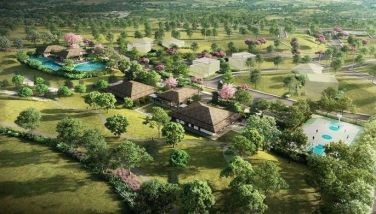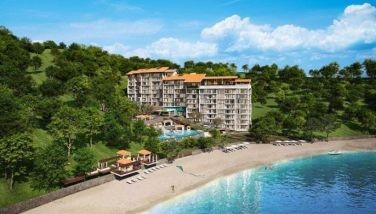The fall of the industrial giant
February 28, 2004 | 12:00am
Why so? An official in charge of issuing the licenses said these were actually former NSC employees who just received their fat separation fees and eager to go into business. But the wage earners that they had been for decades, they did not have the entrepreneurial skills.
Among them was Francisco, who teamed up with a few other former NSC employees to open up a restaurant right across St. Michael’s Cathedral and beside the St. Michael’s College in the middle of town. Despite being in a prime spot in Iligan’s business district, the business flopped.
George Hamoy, a former industry executive who went into the meat industry after retirement, said the economic fallout affected his business, too. Right after NSC’s closure, he said that customers who used to buy prime cuts in his Monterey meat shop were now buying nothing but bones.
The banking sector also noticed a slow down of business after NSC’s closure. "There was growth, but way below the boom years of the mid-1990s," says Leonardo Solon Jr., branch manager of the Rizal Commercial Banking Corp. and president of the Iligan Bankers Association.
He said the continued increase, albeit minimal, in deposits at that time could be attributed to the fact that businessmen chose to keep their money in the banks rather than risk losing them in some business ventures.
In mid-March, the Moro Islamic Liberation Front attacked the town center of Kauswagan in Lanao del Norte, just 15 kilometers away from Iligan. They occupied the municipal hall, and herded Kauswagan residents in the town auditorium.
In response, then President Joseph Estrada declared an "all out war" against the MILF. Helicopters and Air Force bombers hovered over Iligan, and residents here felt the ground shake with every bomb dropped as the war spilled over to the towns of Linamon and Baloi, which share borders with Iligan .
The Tinago Residence Inn, one of Iligan’s famous tourist destinations situated near Tinago Falls right at the border with Linamon, temporarily closed the facility. It eventually went bankrupt, to be resuscitated much later by a small cooperative without its major attractions, like a mini-zoo, convention hall, a restaurant and cottages.
First was the Maria Cristina Fertilizer Plant, then came the steel, cement, chemical, flour industries and the coconut oil mills, among others.
The National Power Corp. expanded its operations and built more hydro plants along the 36-km stretch of the Agus River that runs all the way to Marawi City. Now, the six hydro plants along the Agus River supply about 80 percent of Mindanao’s energy requirements.
BrandSpace Articles
<
>
- Latest
Latest
Latest
October 23, 2024 - 9:30am
By May Dedicatoria | October 23, 2024 - 9:30am
October 11, 2024 - 3:45pm
October 11, 2024 - 3:45pm
October 10, 2024 - 11:30am
October 10, 2024 - 11:30am
October 5, 2024 - 12:08pm
October 5, 2024 - 12:08pm
September 24, 2024 - 1:00pm
September 24, 2024 - 1:00pm
September 13, 2024 - 4:00pm
September 13, 2024 - 4:00pm
Recommended





























